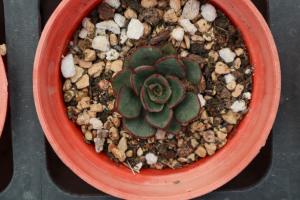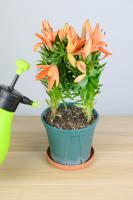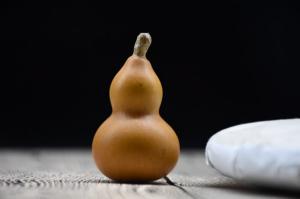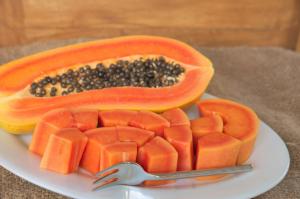Introduction
Identifying catkins on trees and plants can be a fun and rewarding experience for nature enthusiasts. Catkins, also known as aments, are long, slender clusters of flowers that can be found on a variety of trees and plants. In this guide, we will explain how to identify catkins, their importance and provide examples of catkin-bearing trees and plants.
Identification of Catkins
Catkins are easily identified by their long, slender shape with a lack of obvious petals or sepals. They are typically produced by trees and plants that belong to the birch, oak, willow, and hazel families. The flowers of a catkin are usually made up of male or female flower parts, and sometimes both, depending on the species. Male catkins are typically smaller and more slender compared to female catkins, which can be larger and more rounded in shape.
The Importance of Catkins
Catkins play an important role in the reproduction of many trees and plants. They contain the male and female reproductive structures that are essential for pollination and seed formation. In addition, catkins may serve as a source of food for animals such as squirrels, birds, and deer. They are also used by humans in various ways, including basket weaving and traditional medicines.
Catkin-Bearing Trees and Plants
There are many species of trees and plants that produce catkins. Some of the most common ones are:
Birch Trees: Male birch catkins are typically long and slender, while female catkins are shorter and thicker.
Oak Trees: Oak trees produce male catkins that are usually greenish-yellow in color and look like small, dangling cones. Female flowers are small and grow on the same tree but are not very noticeable.
Willow Trees: Willow trees produce both male and female catkins on different branches. Male catkins are typically long and pendulous, while female catkins are shorter and more upright.
Hazel Trees: Hazel trees produce male catkins that are yellow in color and much longer than the female catkins, which are small and red.
Conclusion
Identifying catkins on trees and plants can be a fun and educational activity. By following the guidelines above, you can learn to distinguish between male and female catkins and identify the various trees and plants that produce them. Remember, catkins are not only beautiful to look at, but they also play an important role in the reproduction and sustainability of many species of trees and plants.

 how many times do yo...
how many times do yo... how many planted tre...
how many planted tre... how many pine trees ...
how many pine trees ... how many pecan trees...
how many pecan trees... how many plants comp...
how many plants comp... how many plants can ...
how many plants can ... how many plants and ...
how many plants and ... how many pepper plan...
how many pepper plan...
































